
Eight Great Cuisines of China
Chinese cuisines are categorized as the “Eight Regional Cuisines in China”, including Shandong(Lu) cuisine, Sichuan(Chuan) cuisine, Cantonese(Yue) cuisine, Jiangsu(Su) cuisine(specifically Huaiyang cuisine), Fujian(Min) cuisine, Zhejiang(Zhe) cuisine, Hunan(Xiang) cuisine and Anhui(Hui) cuisine. These styles are distinctive from one another due to factors such as availability of resources, climate, geography, history, cooking techniques and lifestyle.
Shandong(Lu) Cuisine
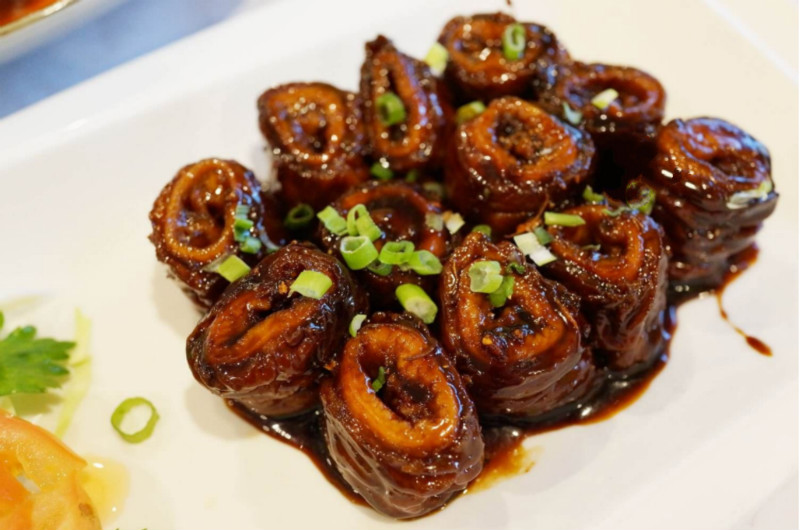
Shandong cuisine is famous for its wide selection of material and use of different cooking methods. The raw materials are mainly domestic animals and birds, seafood and vegetables.
It consists of local dishes of Jining, Jinan, Jiaodong, etc. Two sub-regional styles of Shandong cuisine are : Jinan and Jiaodong. It is the excellent representative of northern cuisine, exquisite in seasoning, which is mainly salty and fresh, and makes good use of scallion and garlic.
Modern cuisines in North China (Beijing, Tianjin and the northeastern regions) are branches of Shandong cuisine, and meals in most Northern Chinese households are typically prepared using simplified Shandong methods.
Sichuan(Chuan) Cuisine

Sichuan cuisine is famous for dishes of meat, eggs, and aquatic products. Food ingredients in Sichuan are rich and distinctive. It has bold flavours, particularly the pungency and spiciness resulting from liberal use of garlic and chili peppers, as well as the unique flavour of Sichuan pepper.
Sichuan area is rich in “three pepper” (hot pepper, Sichuan pepper, black and white pepper), which lays an important material foundation for the formation of its basic flavor. UNESCO declared Chengdu, the capital of Sichuan Province, to be a city of gastronomy in 2011 to recognise the sophistication of its cooking.
Pork and beef is overwhelmingly the most common type of meat consumed. Sichuan cuisine also uses various bovine and porcine organs as ingredients, such as intestine, arteries, head, tongue, skin and liver, in addition to other commonly used portions of the meat. Rabbit meat is also much more popular in Sichuan than elsewhere in China.
Cantonese(Yue) Cuisine
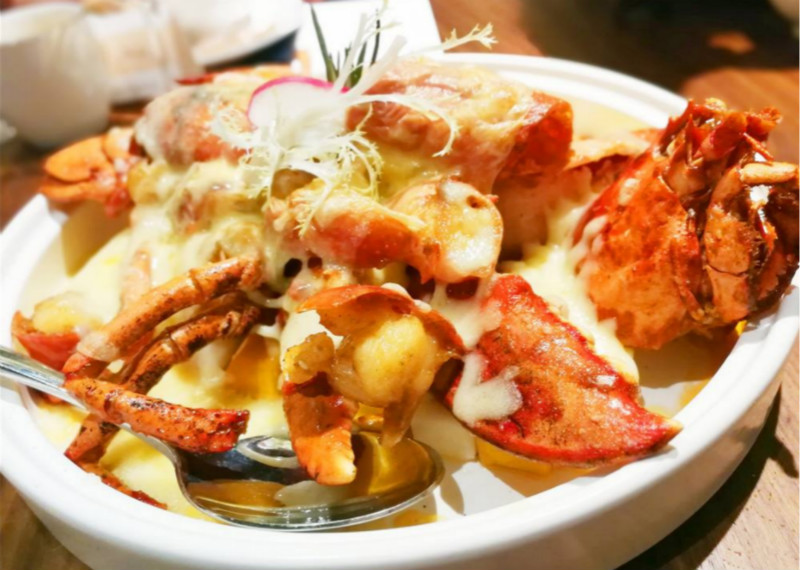
Cantonese cuisine is characterized by rich and fine selection and light taste, which emphasizes the seasonality of raw materials. Most Chinese restaurants overseas mainly serve Cantonese cuisine due to the large number of Cantonese emigrants. Therefore, many people believe that Cantonese cuisine is the representative cuisine of overseas China.
Besides pork, beef and chicken, Cantonese cuisine incorporates almost all edible meats, including offal, chicken feet, duck’s tongue, frog legs, snakes and snails. Many cooking methods are used, with steaming and stir frying being the most favoured due to their convenience and rapidity. Other techniques include shallow frying, double steaming, braising and deep frying.
A number of ingredients such as sugar, salt, soy sauce, rice wine, cornstarch, vinegar, scallion and sesame oil, suffice to enhance flavour.
Fujian(Min) Cuisine

Fujian cuisine originates from Fuzhou, which is based on Fuzhou cuisine, and then combines the cuisines of Eastern Fujian, Southern Fujian, Western Fujian, Northern Fujian and Puxian. Fujian cuisine is known to be light but flavourful, soft, and tender, with particular emphasis on umami taste, known in Chinese cooking as xianwei on the basis of excellent color, taste and shape, as well as retaining the original flavour of the main ingredients.
Fujian cuisine is famous for cooking the delicacies of seafood, including a myriad variety of local fish, shellfish and turtles. The most commonly employed cooking techniques in the region’s cuisine include braising, stewing, steaming and boiling.
Fujian cuisine has had a profound impact on Taiwanese cuisine and on the overseas Chinese cuisines found in Southeast Asia as the majority of Taiwanese and Southeast Asian Chinese people have ancestral roots in Fujian province.
Zhejiang(Zhe) Cuisine
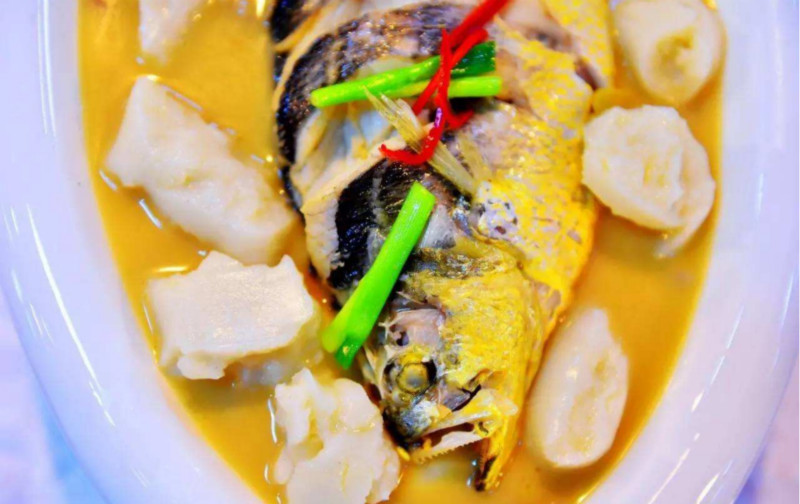
Zhejiang cuisine uses a wide range of raw materials, and pays much attention to the freshness and well-balanced of raw materials, so as to complement each other and fully explore the delicious and nutritious raw materials. The desserts of Zhejiang cuisine are diverse in variety and taste good, such as Jiaxing Pork-Filled Rice Dumpling, Ningbo glutinous rice balls and Huzhou wonton.
Zhejiang cuisine consists of at least three styles, each originating from a major city in the province: Hangzhou style, Shaoxing style, Ningbo style. Wenzhou style is characterised as the greatest source of seafood as well as poultry and livestock.
Hunan(Xiang) Cuisine
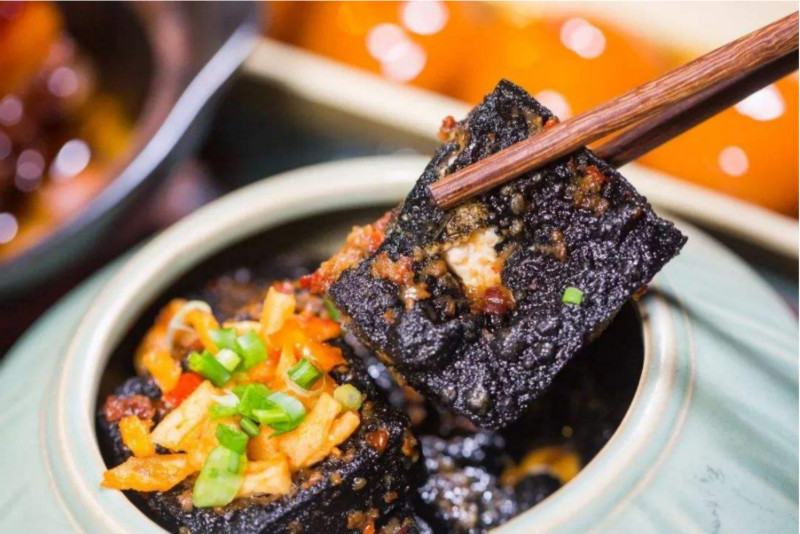
Hunan cuisine is especially good at seasoning, especially sour and hot, salty, fresh and thick smell. Sour is the flavor of pickles, which is more mellow and softer than vinegar. Hot pepper is deeply loved by the people of Hunan. The chopped pepper is fermented by lactic acid, which has the function of appetizing and nourishing the stomach.
Common cooking techniques include stewing, frying, pot-roasting, braising and smoking. Due to the high agricultural output of the region, ingredients for Hunan dishes are many and varied. Known for its liberal use of chili peppers, shallots and garlic, Hunan cuisine is known for purely hot. Chilies are an entire class of flavourings in Hunan cuisine.
Anhui(Hui) Cuisine
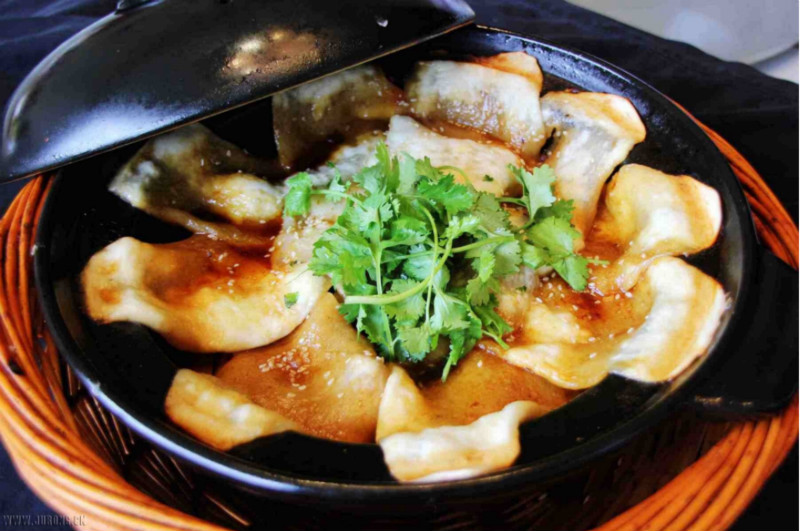
Surrounded by many mountains and rivers, Anhui cuisine emphasizes the authenticity of food, and is expert in cooking delicacies from mountains and aquatic products. In cooking method, Anhui cuisine is skilled in braising, stewing and steaming. It is oily, excellent in color and heat control.
Anhui cuisine is known for its use of wild herbs, from both the land and the sea, and simple methods of preparation. Anhui cuisine consists of three styles: the Yangtze River region, Huai River region, and southern Anhui region.
Jiangsu Cuisine(Especially Huaiyang Cuisine)

In general, Jiangsu cuisine’s texture is characterised as soft, but not to the point of mushy or falling apart. As the style of Jiangsu cuisine is typically practised near the sea, fish is a very common ingredient in cooking.
Huaiyang cuisine is an important part of Jiangsu cuisine. It is very particular about cutting techniques, of which the melon carving technique is especially well known. Its taste is light and sweet.
Food Culture Travel
Food is an integral part of Chinese culture and it should be an integral part of your trip too if you are a foodie who loves Chinese food. Don’t miss the famous local cuisine at the destination you stay. Most often, delicious food is with beautiful scenery. Beijing, Xian, Chengdu and Shanghai are famous food centers of China. Peking Roast Duck, Sichuan Hot Pot, Mapo Tofu, Kung Pao Chicken… Different cities have different local flavors and different food culture. Choose places to visit according to your preference. We have designed a series of China food tours for you. If you have enough time, you can visit several places to taste the great regional cuisine. Also, if you are interested enough, you can also have chances to make Chinese food.
Recommended Food Culture Tours:
Xian Evening Tour with Dumpling Dinner, Xian Tang Dynasty Show and City Night View
2 Days Beijing Highlights Tour with Beijing Roast Duck and Kong Fu Show
9 Days Beijing-Xian-Chengdu Small Group Tour
12 Days China Paradise Culture Tour by Train
Read more about China Food Culture Tours.
Keep Reading
- China’s Religious Food
- Chinese Desserts
- China’s Regional Food
- Chinese Dining Etiquette and Culture
- Chinese Food Menu
- Chinese Food Recipes
- Chinese Medicinal Cuisine
- Chinese Seasonings
- Chinese Tea Food
- Chinese Food Ingredients
- Chinese Snacks
- Cooking Class in China
- Food Streets in China
- Restaurants in China











